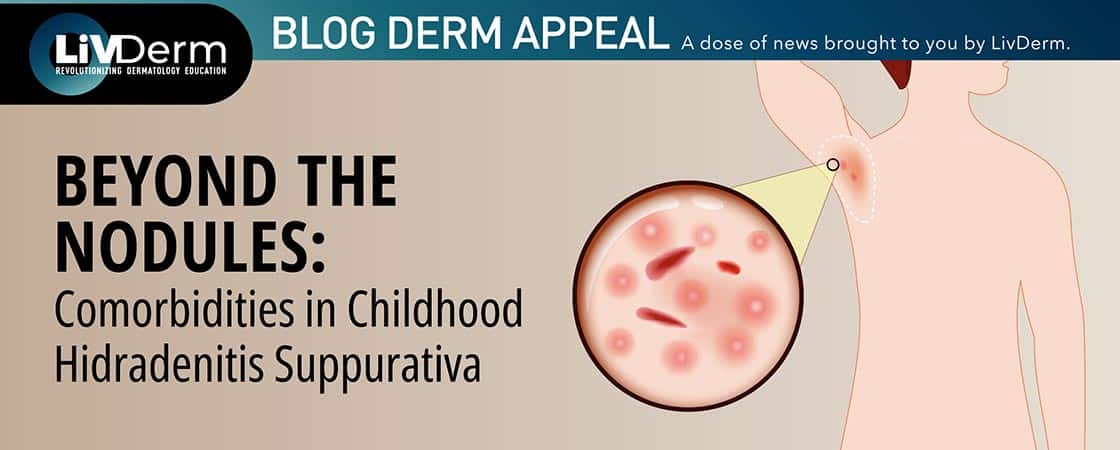In the face of rapid technological advancements, changing consumer demands, and projected clinician shortages, the business of aesthetic medicine is steadily undergoing a change. The rising usage of AI technology, machine learning, and teledermatology among patients reveals the trajectory of the dermatological practice; no longer dependent on in-person clinical visits and instead, increasingly reliant on accessibility, smartphones and computer algorithms.
Although the traditional dermatological practice is far from obsolete, many practitioners are looking for alternative care models with benefits ranging from shorter hours and higher compensation to simply a more manageable volume of patients. Among prior authorization requirements, loss of business, surges in competing medical spa practices, and other complaints, the commoditization of the aesthetic medicine specialty stands out as a primary concern among dermatologists.
Alternative business models focusing on long-term patient care and loyalty, such as generational dermatology, are witnessing a rise in popularity as practice owners and health care practitioners attempt to mitigate the shifting trends and patient demands.
Generational Dermatology: Multi-Decade Prevention and Care
Spearheaded by California-based dermatologist Dr. Wendy Roberts , the movement of “generational dermatology” aims to treat patients of all ages, encompassing prevention strategies and involving medical, cosmetic, surgical, and oncologic healthcare. Through close monitoring of changes in patients’ skin, hair, nails, and overall health that occur over the lifespan, practitioners of this movement are able to prevent, detect, and treat conditions at their earliest stages while providing long-term care.
Based on four levels of preventative care, the practice of generational dermatology reduces risk factors before disease occurs (primary), allows for early detection in asymptomatic patients (secondary), treats an existing condition to alleviate it and delay progression (tertiary), and finally, mitigates unnecessary interventions (quaternary). This multi-factorial integrated model has the potential to greatly improve patient health outcomes across generations.
Benefits of Generational Dermatology
Dr. Roberts elucidates the proclaimed benefits of the generational approach in an article published in the Journal of Drugs in Dermatology “Generational Dermatology: Model for Prevention and Multi-Decade Approach Toward the Evolving, Aging Patient” . According to the paper, adopting a generational approach allows practitioners to monitor the health of their patients over decades; it offers the ability to optimize both skin performance and overall health outcomes while ultimately growing individual practices and refining patient experience. Generational dermatology’s heavy focus on preventative care targets patients in their 20s, offering proactive treatments to delay aging, prevent skin cancer, and fend off other cutaneous conditions.
“A generational practice is a decision to make a custom practice,” Dr. Roberts says, “You could scurry and see five individual patients, or sit with one person and wind up treating them and their entire family.”Moreover, a long-term, family-oriented practice may boost patient loyalty, mitigating the risk of business loss to medical spas and online practices, while also increasing income.
Leading the Generational Dermatology Movement
Dr. Roberts’ generational philosophy derives from a desire to address aging proactively and incorporate cosmetic treatments and skin care into academic centers. Currently, academic centers are changing as cosmetic and surgical dermatology become increasingly supported by scientific claims threatening the livelihood and profitability of individual dermatological practices.
Moreover, other specialties are integrating injectable treatments and other cosmetic procedures into their services while more general physicians are branding themselves as cosmetic professionals. As such, injectable procedures and minimally invasive treatments are projected to become more competitive, according to California-based dermatologist Dr. Ronald Moy. Whereas, hormone replacement therapy, DNA repair, and nutritional supplementation are areas of substantial possible growth worth incorporating into practice offerings.
Developing a Generational Practice
With decades of experience in the field, Dr. Roberts shares her insight on the development of a generational practice. According to her, making patients comfortable in the clinical setting and bringing the services offered to life are essential to practice growth and patient retention. In her practice, highly experienced staff members give both new and established patients thorough office tours to introduce them to available equipment and treatment options as well as to educate them about staff credentials and levels of training.
During the initial visits, in-depth assessments of each patient are conducted and provide the staff with valuable insight for treatment planning. A thorough patient questionnaire evaluating not only the patient but their family members and related skin concerns provides a comprehensive understanding of the individual challenges patients face with their skin and age.
At this point, clinicians are able to devise a treatment plan that encompasses current and future needs as well as to provide preventative care to family members who may be at risk of developing similar skin conditions.
Although one of the primary challenges facing her practice are treatment costs, about 50% of cost-conscious patients overcome their reluctance after thorough discussion of procedures and the presentation of before-and-after photos of prior patient results. Another concern is the time-intensive nature of the generational approach, which requires multiple consultations in order to obtain a comprehensive understanding of patient dermatological health. It is important to help patients understand that several visits are necessary for the completion of an all-encompassing treatment plan that will deliver the desired results.
Although still a burgeoning specialty, the generational dermatological practice may prove to have significant benefits as a model of alternative care. While the number of generational practices is limited thus far, Dr. Roberts and her colleagues hope to spread awareness and promote this holistic approach as a solution to issues facing the field of aesthetic medicine today.

















